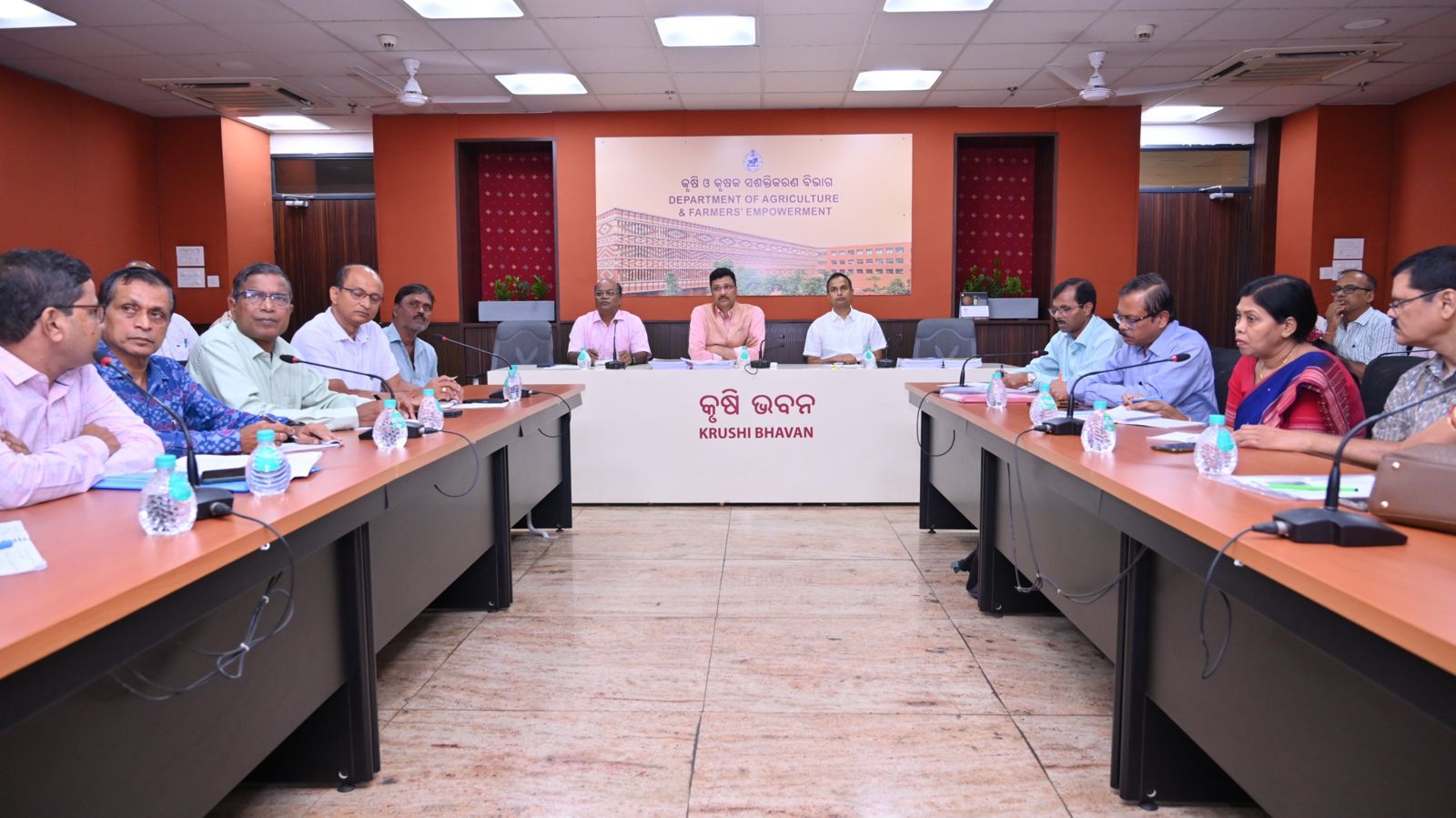It is not unusual that mixed opinion comes out on Budget presented by the Central or State Governments. While ruling parties hail the budget, opposition parties will always be on their toes to criticize it. Congress leader Pawan Khera says that the job-related schemes are nothing but copy paste from Nyay Patra. If it is really so, the Congress has reason to feel elated for copying their scheme. It can be the personal view of Khera. What the opposition parties say hardly matters to the centre. The opposition parties have described the Budget as Bihar and Andhra Pradesh Budget. It is natural that the opposition parties are very much disappointed for not displeasing the Bihar and Andhra Pradesh Chief Ministers. Opposition parties are disappointed because it had expected that by denying special status to the two states, discontentment starts brewing to the extent of developing fissures leading to the withdrawal of support by the Nitish Kumar and Chandra Baidu. Rs. 15,000 crore has been allocated for the development of Andhra Pradesh capital. Grants for backward regions of Andhra Pradesh have been sanctioned. Rs.26 ,000 crore has been allocated for various road projects in Bihar. Another Rs. 21,000 has been allocated for power to Bihar. Industrial centre has been contemplated to be in Gaya. Plan afoot to revive Nalanda University is welcome. Tax relief has been given. Finance Minister Nirmala Sitaraman says that the government employees are going to save Rs.17,500. By raising standard deduction from the present Rs.50,000 to Rs. 75,000, taxable income reduces by Rs.25000. It means the saving is Rs.1250 or less in respect of the tax payer falling within the second threshold (between 3-7 lakhs), Rs.2500 or less in the third threshold (between 7-10 lakhs), Rs.3750 or less in the fourth threshold (between 10-12 lakhs), Rs. 5000 or less in the fifth threshold (between 12-15 lakhs) and Rs.7500 in the sixth threshold (above Rs.15 lakhs). The standard deduction was Rs.40,000 in 2018 which was raised to Rs. 50,000 in 2019. If the standard deduction had been allowed at Rs.10,000 every year as has been made from 2018 to 2019, it should have been raised to Rs.1 lakh in the 2024 Budget. The raise in standard deduction is only a pittance. While in both the current regime and previous regime, the first Rs.3 lakh attracted no tax, the second slab in the new regime accounts for tax amounting to Rs.20,000 for Rs.4 lakhs @ 5 per cent whereas it was Rs.15,000 in previous regime for Rs.3 lakhs @ 5 per cent, up by Rs.5,000. In the third slab for the second Rs.3 lakhs both in the current regime and previous regime, the tax comes to Rs.30,000 @ 10 percent with no extra tax. In the fourth slab, the tax in the new regime will again be Rs.30,000 for Rs.2 lakhs @ 15 per cent as against Rs.3 lakhs in the previous regime at the same rate in which case the tax stood at Rs.45,000. This registers a saving of Rs.15,000 compared to previous regime. The net savings would be Rs.10000 (Rs.15000 saved in fourth slab minus additional tax of Rs.5000 in second slab). No gain and no loss in the fifth and sixth slabs compared to previous regime. Everyone cannot save Rs.17,500. Savings would be in proportion to the tax to be paid subject to a maximum of Rs.17,500. Necessary changes in the tax slabs in which another option existed earlier should have been made. In this, savings upto Rs.1.5 lakh was deducted from the taxable income besides Rs.50,000 deducted on account of the interest earned on and received from the Bank deposits. Encouragement for savings is lacking. The government seems to have realized that people have no option but to deposit the amount largely in the nationalized banks only. Therefore, the government seems to have thought it fit to lose no tax by allowing deduction of savings from the taxable income. It would have been fair if the Finance Minister had laid emphasis on savings also.
BUDGET 2024





